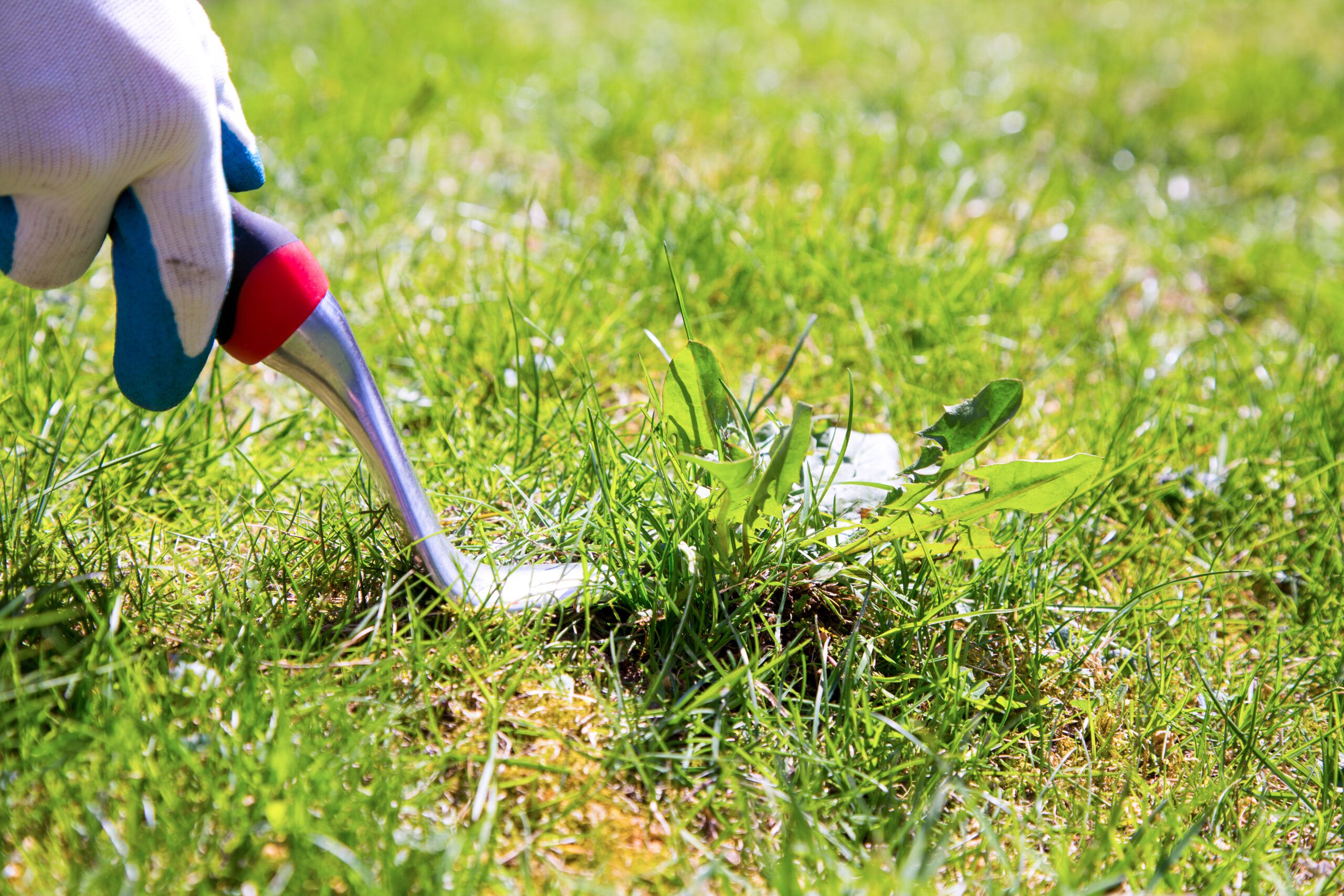

Articles
How To Get Rid Of Garden Weeds
Modified: August 18, 2024
Learn effective gardening techniques to eliminate garden weeds and maintain a beautiful, weed-free garden. Find step-by-step guides and tips for successful gardening.
(Many of the links in this article redirect to a specific reviewed product. Your purchase of these products through affiliate links helps to generate commission for Storables.com, at no extra cost. Learn more)
Introduction
Garden weeds can be a major nuisance for any gardener. Not only do they compete with your plants for essential nutrients, sunlight, and water, but they can also create an unsightly and unkempt appearance in your garden. However, with the right knowledge and strategies, it is possible to effectively get rid of garden weeds and keep your garden looking beautiful and healthy.
In this article, we will explore the different types of garden weeds, the importance of weed control, and various methods you can use to remove weeds from your garden. Whether you prefer natural or chemical solutions, or a combination of both, we will provide you with the information you need to keep your garden weed-free.
But before we delve into the removal methods, let’s first take a closer look at the different types of garden weeds so you can better understand what you’re dealing with.
Key Takeaways:
- Understanding the different types of garden weeds and the importance of weed control is crucial for maintaining a healthy and beautiful garden. By implementing a combination of natural and chemical removal methods, along with regular maintenance, you can achieve a weed-free garden.
- Utilizing mulch, practicing regular inspections, and maintaining proper soil health are essential for long-term weed prevention and control. Consistent effort and proactive weed control measures will help you enjoy a vibrant and thriving garden environment.
Read more: How To Get Rid Of Weeds On A Patio
Understanding the Different Types of Garden Weeds
When it comes to garden weeds, they come in various shapes, sizes, and forms. It’s important to understand the different types of weeds you may encounter in your garden in order to effectively target and remove them. Here are the most common types:
1. Annual Weeds: These weeds complete their life cycle within a year or less. They grow from seeds, flower, produce seeds, and then die. Some examples of annual weeds include dandelions, chickweed, and crabgrass. As they scatter seeds, it’s crucial to remove them before they have a chance to reproduce and spread.
2. Perennial Weeds: Unlike annual weeds, perennial weeds can live for multiple years. They can spread through seeds, but they can also regrow from their root systems, making them more persistent. Common perennial weeds include bindweed, thistles, and Japanese knotweed. Eradicating these weeds often requires a combination of methods to ensure complete removal.
3. Biennial Weeds: Biennial weeds have a two-year life cycle. During the first year, they produce leaves and stems, and in the second year, they flower, set seed, and die. Some examples of biennial weeds are common mullein and Queen Anne’s lace. It’s important to remove biennial weeds before they reach their second year and produce seeds.
4. Grass Weeds: Grass weeds can be a particular problem in lawns and garden beds. They are characterized by their skinny leaves and fibrous root systems. Common grass weeds include Bermuda grass, crabgrass, and goosegrass. Controlling grass weeds requires specific approaches that target their root systems without harming desirable plants.
5. Woody Weeds: Woody weeds, also known as woody plants or shrubs, can invade gardens and landscapes, causing both aesthetic and structural damage. Examples of woody weeds include blackberry bushes, English ivy, and poison ivy. These weeds require careful and targeted removal techniques, as they often have deep root systems.
By understanding the different types of garden weeds, you can identify which specific weeds you’re dealing with and choose the appropriate removal method. Whether you’re facing annuals, perennials, biennials, grass weeds, or woody weeds, the next section will delve into the importance of weed control and why it’s crucial for maintaining a healthy garden ecosystem.
The Importance of Weed Control in Your Garden
Weed control is an essential aspect of maintaining a thriving and lush garden. Here are some key reasons why weed control is important:
1. Nutrient Competition: Weeds can quickly take over garden beds and compete with your desirable plants for essential nutrients, water, and sunlight. This can significantly hinder the growth and health of your plants, leading to reduced yields and poor overall garden performance.
2. Preventing Weed Invasion: Weeds have a notorious ability to spread rapidly and invade different areas of your garden. If left unchecked, they can quickly establish themselves, making it challenging to eradicate them. Regular weed control measures help prevent the spread of weeds and ensure they don’t take over your entire garden.
3. Disease and Pest Risks: Weeds can harbor pests, diseases, and fungi that can easily spread to your desirable plants. This can lead to weakened plants, increased susceptibility to diseases, and a higher chance of pest infestations. By keeping weeds under control, you reduce the risk of introducing these harmful elements into your garden ecosystem.
4. Aesthetic Appeal: Weeds can quickly ruin the beauty and visual appeal of your garden. They create a disheveled and unkempt appearance, overshadowing the beauty of your carefully cultivated plants. By maintaining weed-free garden beds, you can create a visually pleasing and inviting outdoor space.
5. Easier Garden Maintenance: With fewer weeds to contend with, your overall garden maintenance becomes much easier and more efficient. You’ll spend less time pulling out unwanted plants and more time tending to your desired flowers, vegetables, or shrubs.
Implementing effective weed control measures not only benefits your garden’s health and appearance but also saves you time and effort in the long run. In the next section, we will explore how you can prepare your garden for weed removal and set yourself up for success.
Preparing Your Garden for Weed Removal
Before you begin the process of weed removal, it’s important to properly prepare your garden. Taking the time to do some initial groundwork will make the weed control process more effective and efficient. Here are some steps to help you prepare your garden:
1. Clear the Area: Start by removing any debris, fallen leaves, or dead plant matter from the garden bed. This will expose the weed growth and make it easier to spot and target them for removal.
2. Trim and Prune: Trim or prune any overgrown plants in the garden bed. This will help improve air circulation, reduce shade levels, and create a more open environment, making it less favorable for weed growth.
3. Loosen the Soil: Use a garden fork or tiller to loosen the soil in the garden bed. This will help break up compacted soil and make it easier to pull out weeds, especially those with deep root systems.
4. Apply Weed Killer: If you’re planning to use a chemical weed killer, follow the manufacturer’s instructions and apply it to the garden bed in advance. Make sure to choose a product that is safe for your desired plants and read the label carefully for any precautions or restrictions.
5. Consider Mulching: Apply a layer of mulch to the garden bed after preparing the soil. Mulch helps suppress weed growth by preventing sunlight from reaching the weed seeds and smothering weed seedlings. It also helps retain moisture in the soil, reducing the need for frequent watering.
6. Plan for Regular Maintenance: Once your garden is prepared, develop a plan for regular maintenance to stay on top of weed growth. Regularly inspect your garden for new weed growth, and take proactive measures to remove them before they can establish and spread.
By preparing your garden properly, you set the stage for an effective weed removal process. Whether you choose natural or chemical methods, the next sections will explore various approaches you can employ to rid your garden of those pesky weeds.
Natural Methods for Weed Removal
If you prefer to take a more environmentally friendly approach to weed removal, there are several natural methods you can employ. These methods are effective in controlling weed growth without the use of harmful chemicals. Here are some natural methods for weed removal:
1. Hand Pulling: One of the simplest and most effective ways to remove weeds is by hand pulling. Grab the weed by the base, as close to the soil as possible, and gently pull it out, making sure to remove the entire root system. This method works best for small-scale weeding and when dealing with weeds that have shallow root systems.
2. Mulching: Applying organic mulch, such as wood chips, straw, or shredded leaves, can help suppress weed growth by preventing sunlight from reaching the soil and weed seeds. Additionally, the mulch helps retain moisture in the soil, which benefits your desirable plants. Make sure to apply a thick layer of mulch, around 2-3 inches, for best results.
3. Smothering: Smothering weeds involves covering them with a barrier, such as cardboard, newspaper, or landscape fabric, to block their access to sunlight and ultimately kill them. This method is particularly useful for large areas or persistent weeds. Place the barrier over the weeds and secure it with weights or edges buried in the soil to prevent weed growth.
4. Vinegar Solution: A natural weed killer can be made by combining white vinegar, water, and a few drops of dish soap. Transfer the mixture to a spray bottle and apply it directly to the leaves of the weeds, avoiding contact with desirable plants. The acetic acid in the vinegar works to kill the weeds, but be cautious as it can also affect nearby vegetation.
5. Boiling Water: Boiling water is a simple yet effective method to kill weeds in areas like cracks in driveways or between paving stones. Carefully pour the boiling water directly onto the weeds, ensuring it reaches the roots. Take caution not to pour the water on desirable plants, as it can also damage them.
6. Manual Weeding Tools: Various manual weeding tools, such as hoes, weed pullers, and weed knives, can assist you in removing stubborn weeds. These tools allow you to target weeds at the root level, making it easier to eradicate them with minimal disturbance to surrounding plants.
By utilizing these natural weed control methods, you can effectively manage weed growth in your garden while minimizing the use of chemicals. However, if you’re facing a severe weed infestation or prefer a more aggressive approach, chemical methods can also be considered, which we will explore in the next section.
Regularly mulch your garden to suppress weed growth. Mulch helps to smother existing weeds and prevent new ones from sprouting. It also helps to retain moisture and improve soil health.
Read more: How To Get Rid Of Weeds On Grass
Chemical Methods for Weed Removal
In situations where natural methods may not provide the desired results or when dealing with persistent and widespread weed infestations, chemical methods can be an effective solution. It’s important, however, to use chemical weed killers cautiously, following the instructions provided by the manufacturer. Here are some common chemical methods for weed removal:
1. Post-Emergent Herbicides: Post-emergent herbicides are designed to kill weeds that are already actively growing. They can be selective, targeting specific types of weeds, or non-selective, killing all vegetation they come into contact with. Apply these herbicides directly to the leaves of the weeds, ensuring thorough coverage. Take care to avoid contact with desirable plants.
2. Pre-Emergent Herbicides: Pre-emergent herbicides are used to prevent weed seeds from germinating. They create a barrier in the soil that inhibits weed growth. Apply pre-emergent herbicides before weed seeds germinate, typically in early spring or fall. It’s essential to follow the application instructions carefully and ensure the product is compatible with your desired plants.
3. Systemic Herbicides: Systemic herbicides are absorbed by the weed and travel throughout its entire system, including the roots. These herbicides are effective at killing perennial weeds with deep root systems. They are usually available in liquid form and can be applied directly to the leaves or stems of the weeds.
4. Glyphosate: Glyphosate is a broad-spectrum herbicide that is widely used for weed control. It effectively kills most types of weeds, including both annual and perennial weeds. Glyphosate works by inhibiting the enzymes necessary for plant growth. Take caution when using glyphosate as it can also harm desirable plants, so be sure to apply it carefully, avoiding any contact with them.
5. Spot Treatment: For targeted weed control, spot treatment can be employed. This method involves applying herbicides to individual weeds rather than the entire area. Spot treatment allows you to minimize the amount of herbicide used and reduce the potential for damage to desirable plants.
6. Follow Safety Precautions: When using chemical weed control methods, it’s crucial to prioritize safety. Wear appropriate protective gear, such as gloves and goggles, and follow all safety guidelines provided by the manufacturer. Store and dispose of chemicals properly to prevent any negative impact on the environment.
Chemical methods can be a powerful tool in weed control, but they must be used responsibly and judiciously. Remember to consider the potential risks and impacts on the environment and choose the appropriate method based on the specific weed problem you’re facing. Implementing a combination of natural and chemical methods can provide the most effective and balanced approach to weed removal.
In the next sections, we will explore additional techniques, such as removing weeds by hand and using mulch, to help keep your gardens free from weed growth.
Removing Weeds by Hand
Removing weeds by hand is a labor-intensive but effective method for controlling weed growth, especially for smaller garden areas or when dealing with specific weeds. Here are some steps to follow when removing weeds by hand:
1. Identify the Weeds: Take the time to identify the specific weeds you’re dealing with. Understanding their growth habits and root systems will help you effectively remove them.
2. Choose the Right Timing: It’s easier to remove weeds when the soil is moist, such as after rainfall or watering. Moist soil makes it easier to pull out the entire root system without breaking the weed.
3. Use Tools if Needed: For weeds with stubborn root systems, use a weeding tool or garden fork to assist in loosening the soil and getting a better grip on the weeds. Be careful not to damage nearby desirable plants.
4. Grasp the Weed at the Base: Get as close to the base of the weed as possible and firmly grasp it. Ensure you have a good grip on both the weed stem and the root system.
5. Pull with a Firm and Steady Motion: Apply even pressure as you pull the weed upwards. Use a steady motion to ensure you remove the entire root system. If the weed breaks off at the base, it may regrow, so make sure to pull it out completely.
6. Dispose of Weeds Properly: Remove the pulled weeds from the garden bed to prevent reestablishment. You can dispose of them by adding them to a compost pile or placing them in a designated green waste bin if available.
7. Regularly Monitor and Maintain: Weeds can quickly regrow and spread, so regular monitoring and maintenance are key. Check your garden regularly for new weed growth and promptly remove them by hand before they have a chance to establish.
Removing weeds by hand allows you to effectively target and remove specific weeds, minimizing the impact on desirable plants and reducing the need for chemical interventions. However, for larger areas or more persistent weed problems, combining hand weeding with other methods, such as mulching or chemical control, may be necessary.
In the next section, we will explore the use of mulch as an effective method for preventing weed growth and promoting a healthy garden ecosystem.
Using Mulch to Prevent Weed Growth
Mulching is a beneficial practice that not only helps to prevent weed growth but also provides several other advantages for your garden. By applying a layer of mulch, you can create a barrier that suppresses weed growth and enhances the overall health of your plants. Here’s how you can effectively use mulch to prevent weed growth:
1. Choose the Right Mulch: Select a suitable mulch material that suits your garden’s needs. Organic mulches such as wood chips, straw, shredded leaves, or compost are ideal choices. These break down over time and enrich the soil, providing additional benefits to your plants.
2. Prepare the Area: Clear the garden bed of any weeds or debris before applying mulch. This prevents weeds from growing through the mulch layer and ensures that it remains effective in blocking weed growth.
3. Apply an Adequate Layer: Spread a layer of mulch around 2-3 inches thick over the soil surface, making sure to cover the entire intended area. A thicker layer can prevent sunlight from reaching weed seeds, reducing the chances of germination and growth.
4. Provide Proper Edging: Install edging materials, such as plastic, stones, or metal, to create a boundary between the mulched area and surrounding lawn or pathways. This helps to prevent weeds from creeping into the mulched areas from adjacent areas where there is no mulch.
5. Leave Space around Plant Stems: When applying mulch, leave a small gap around the stems of your desirable plants. This prevents excess moisture accumulation and potential rotting of plant stems.
6. Mulch Maintenance: Regularly inspect your mulched area and replenish the mulch as needed. Over time, organic mulches will break down, so adding fresh mulch every year or as required will maintain its weed-suppressing benefits.
Aside from preventing weed growth, mulching offers other advantages such as reducing soil erosion, regulating soil temperature, conserving moisture, and providing a neat and tidy appearance for your garden. It also acts as a natural barrier, preventing weed seeds from reaching the soil and germinating.
Remember, while mulching helps to reduce weeds, some determined weeds may still manage to sprout. Regular inspections and prompt removal of any weeds that emerge through the mulch will help keep your garden weed-free.
In the next section, we will discuss essential practices for maintaining a weed-free garden and ensuring the long-term success of your weed control efforts.
Maintaining Weed-Free Gardens
Maintaining a weed-free garden requires ongoing effort and vigilance. By implementing a few key practices, you can help prevent weed growth and ensure the long-term success of your weed control efforts. Here are some essential tips for maintaining a weed-free garden:
1. Regular Inspections: Establish a routine of regularly inspecting your garden for any signs of weed growth. Catching weeds early allows you to remove them before they have a chance to spread and establish a stronger foothold.
2. Prompt Removal: When you spot weeds, remove them as soon as possible. Use appropriate techniques, such as hand pulling or targeted weeding tools, to ensure the weed is fully uprooted, including the entire root system.
3. Mulch Maintenance: Monitor the state of your mulch and replenish it as needed. Over time, organic mulches break down, and this can create gaps where weed seeds can germinate. By maintaining an adequate layer of mulch, you create a barrier that helps prevent weed growth.
4. Watering Wisely: Be mindful of your watering techniques to prevent unintentional weed growth. Water your garden at the base of plants and avoid overhead watering, as this can encourage weed seed germination by providing the ideal conditions for their growth.
5. Weed-Free Zones: Designate specific areas of your garden as “weed-free zones” where you focus on thorough weed removal and prevention. This can be particularly helpful for high-visibility areas or areas with more delicate or valuable plants.
6. Proper Soil Health: Maintain a healthy soil environment in your garden. Healthy soil promotes the growth of your desired plants, making them more resistant to weed competition. This can be achieved through regular soil amendments, adding organic matter, and practicing proper fertilization techniques.
7. Manual Weed Control After Rain: Rain can stimulate weed growth due to increased moisture and favorable conditions. Take advantage of wet soil post-rainfall to hand-pull weeds. The moist soil makes it easier to remove the entire weed, including its root system.
8. Companion Planting: Utilize companion planting strategies, where you pair plants that can naturally deter weed growth. Certain plants, such as marigolds or herbs like basil and oregano, have properties that repel or inhibit the growth of weeds.
9. Regular Maintenance: Stay committed to regular garden maintenance, including timely removal of spent plants, pruning, and cleaning up plant debris. This reduces the potential for weed seeds to find suitable growing conditions.
10. Continuous Learning: Keep educating yourself about different weed species and effective weed control techniques. Stay up to date with new research and best practices to continually improve your weed prevention and removal methods.
By implementing these practices, you can maintain a weed-free garden and enjoy the full beauty and potential of your desired plants. Remember, consistent effort and proactive weed control will yield the best results.
To conclude, implementing a combination of natural and chemical removal methods, utilizing mulch, maintaining regular inspections, and practicing regular maintenance will help you achieve and sustain a weed-free garden. Happy gardening!
Read more: How To Get Rid Of Weeds In Landscaping
Conclusion
Keeping your garden free from weeds is an ongoing process that requires dedication and consistent effort. By understanding the different types of garden weeds and the importance of weed control, you can effectively combat their growth and maintain a healthy and beautiful garden.
Whether you choose to employ natural methods, such as hand pulling, mulching, or using vinegar solutions, or opt for chemical methods like herbicides, it’s essential to choose the approach that aligns with your gardening practices and values.
Preparing your garden for weed removal by clearing the area, trimming plants, and applying mulch creates a conducive environment for successful weed control. Regular inspections and prompt removal of weeds help prevent their spread and establishment.
Utilizing mulch not only suppresses weed growth but also offers additional benefits like soil conservation, moisture retention, and temperature regulation. Aim for a thick layer of mulch and replenish it as needed to maintain its effectiveness.
Remember to practice proper timing, safety precautions, and responsible disposal when using chemical methods to control weeds. Follow the instructions provided by the manufacturer and consider spot treatments for targeted weed control.
Maintaining a weed-free garden requires dedication, but the rewards are worth it. Regular inspection, proper watering, soil health maintenance, and companion planting can all contribute to long-term weed prevention and control.
Ultimately, the key to a successful weed-free garden is consistency and a proactive approach. Stay vigilant, address weeds promptly, and remain committed to maintaining the health and beauty of your garden.
By implementing a combination of these methods and practices, you can achieve a weed-free garden that offers a vibrant and thriving environment for your desired plants to flourish. Enjoy the fruits of your labor and the beauty of a well-maintained and weed-free garden!
Frequently Asked Questions about How To Get Rid Of Garden Weeds
Was this page helpful?
At Storables.com, we guarantee accurate and reliable information. Our content, validated by Expert Board Contributors, is crafted following stringent Editorial Policies. We're committed to providing you with well-researched, expert-backed insights for all your informational needs.
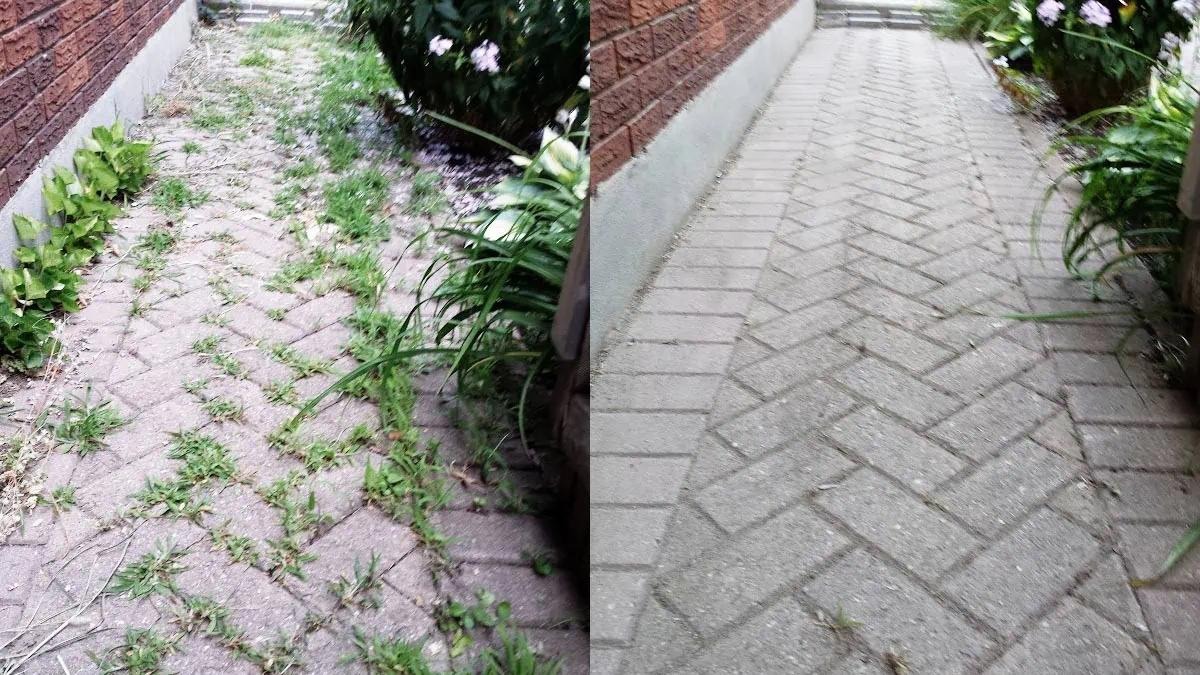
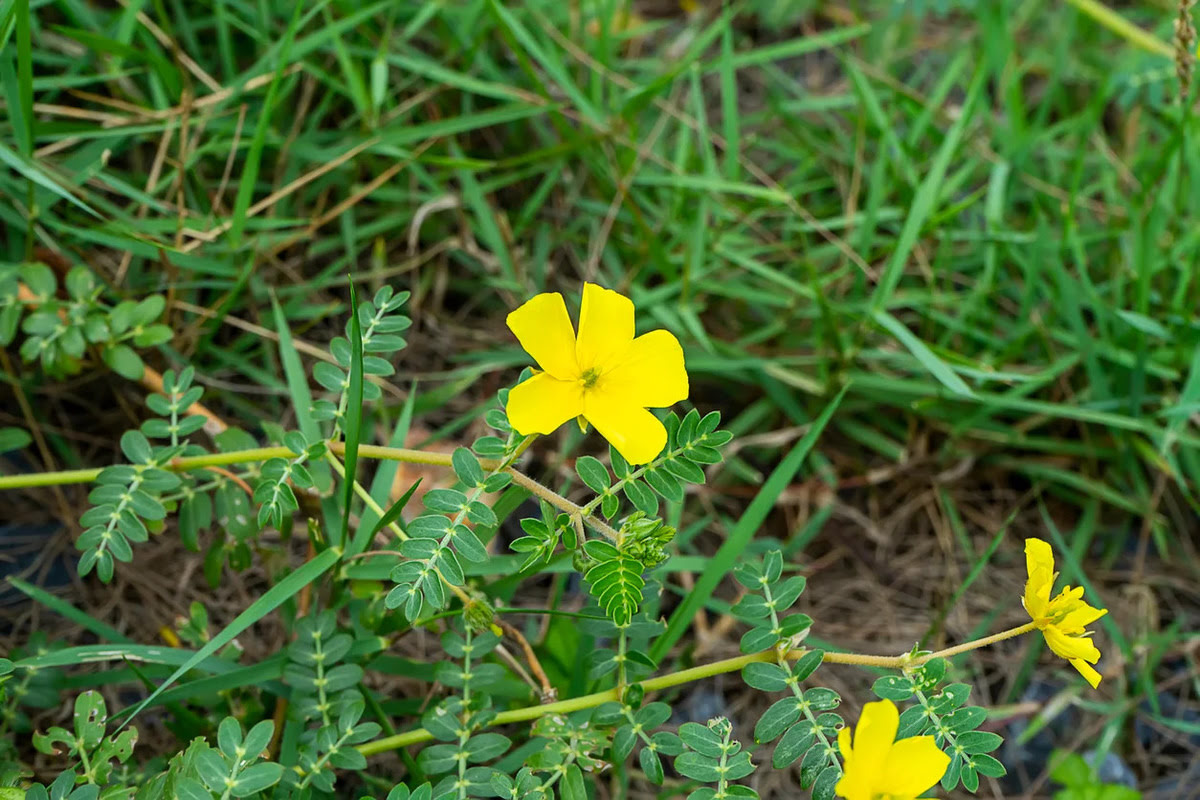
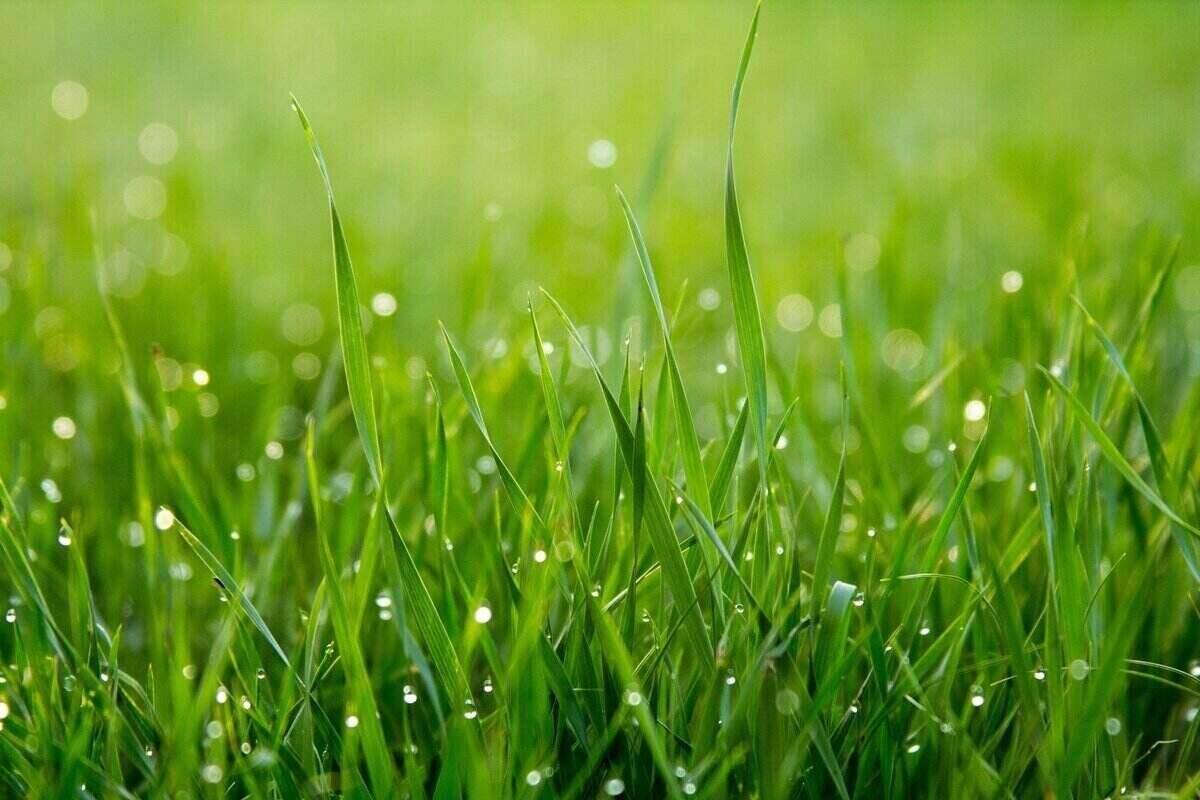

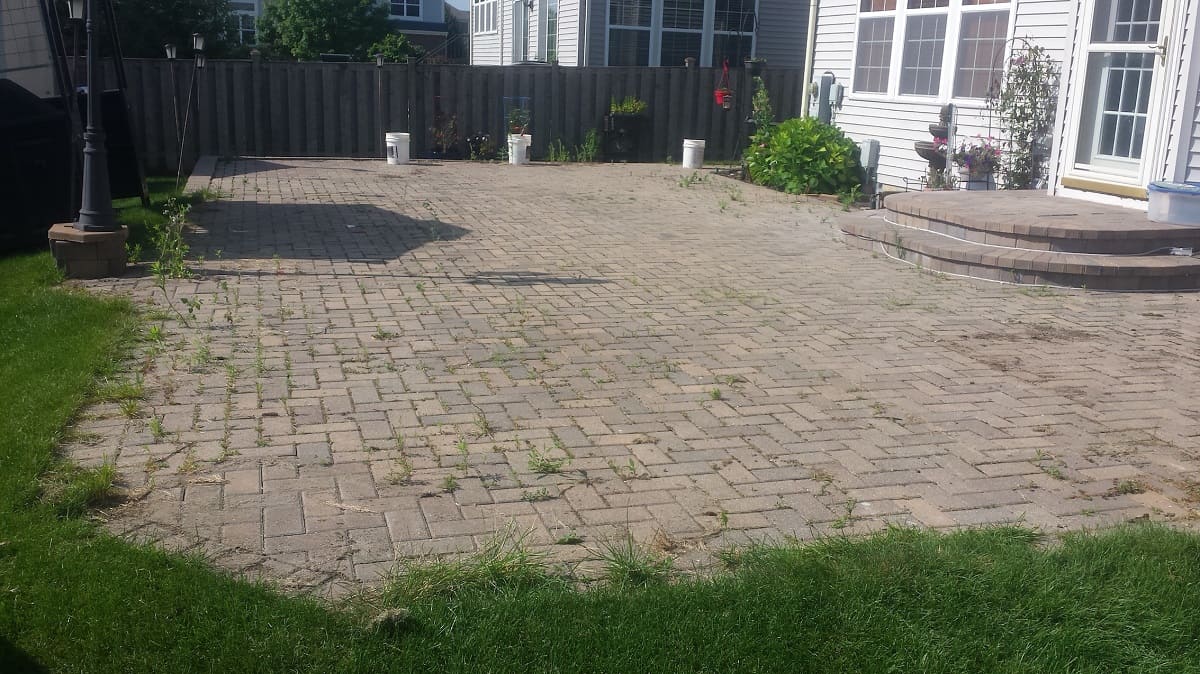
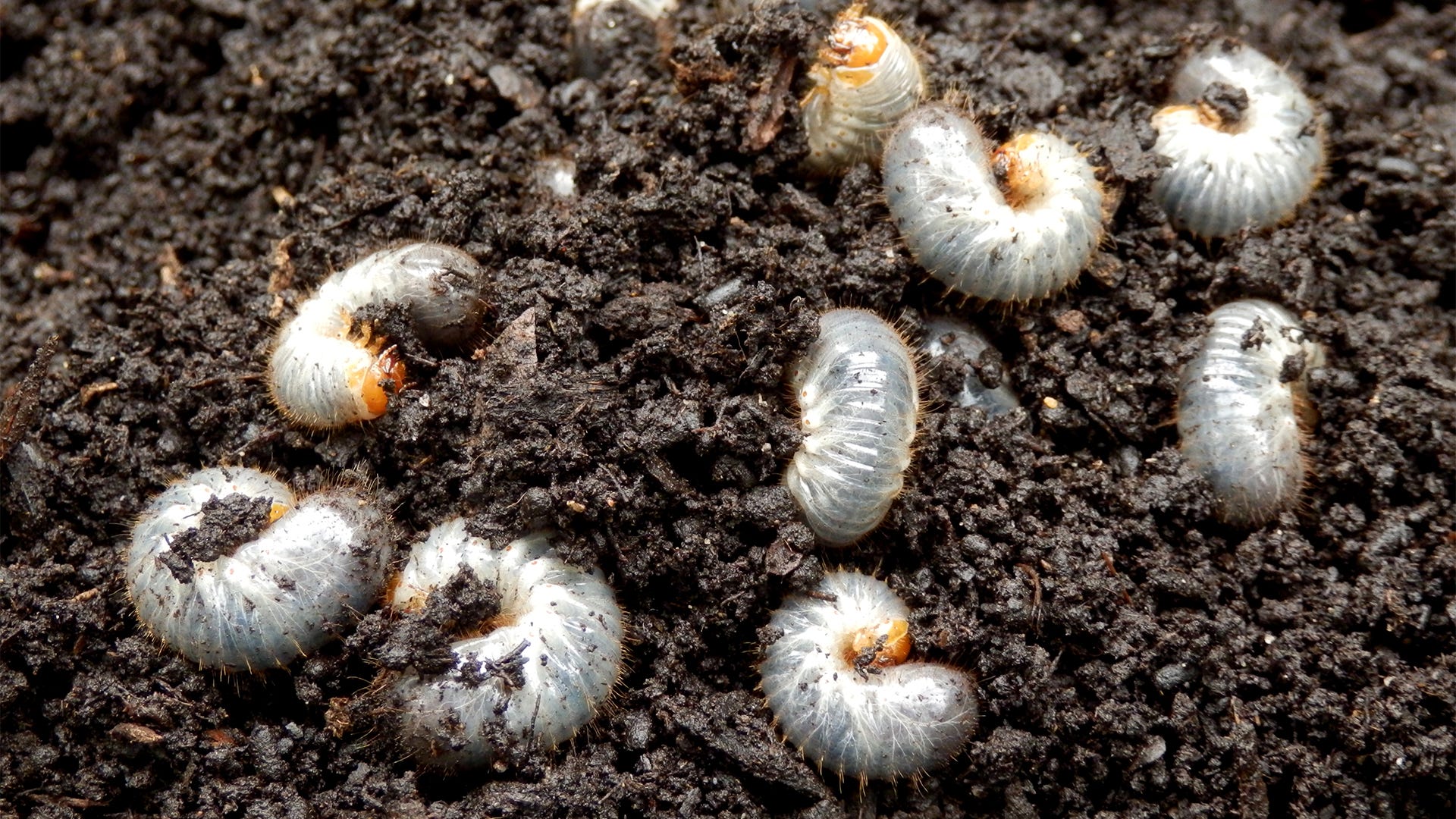
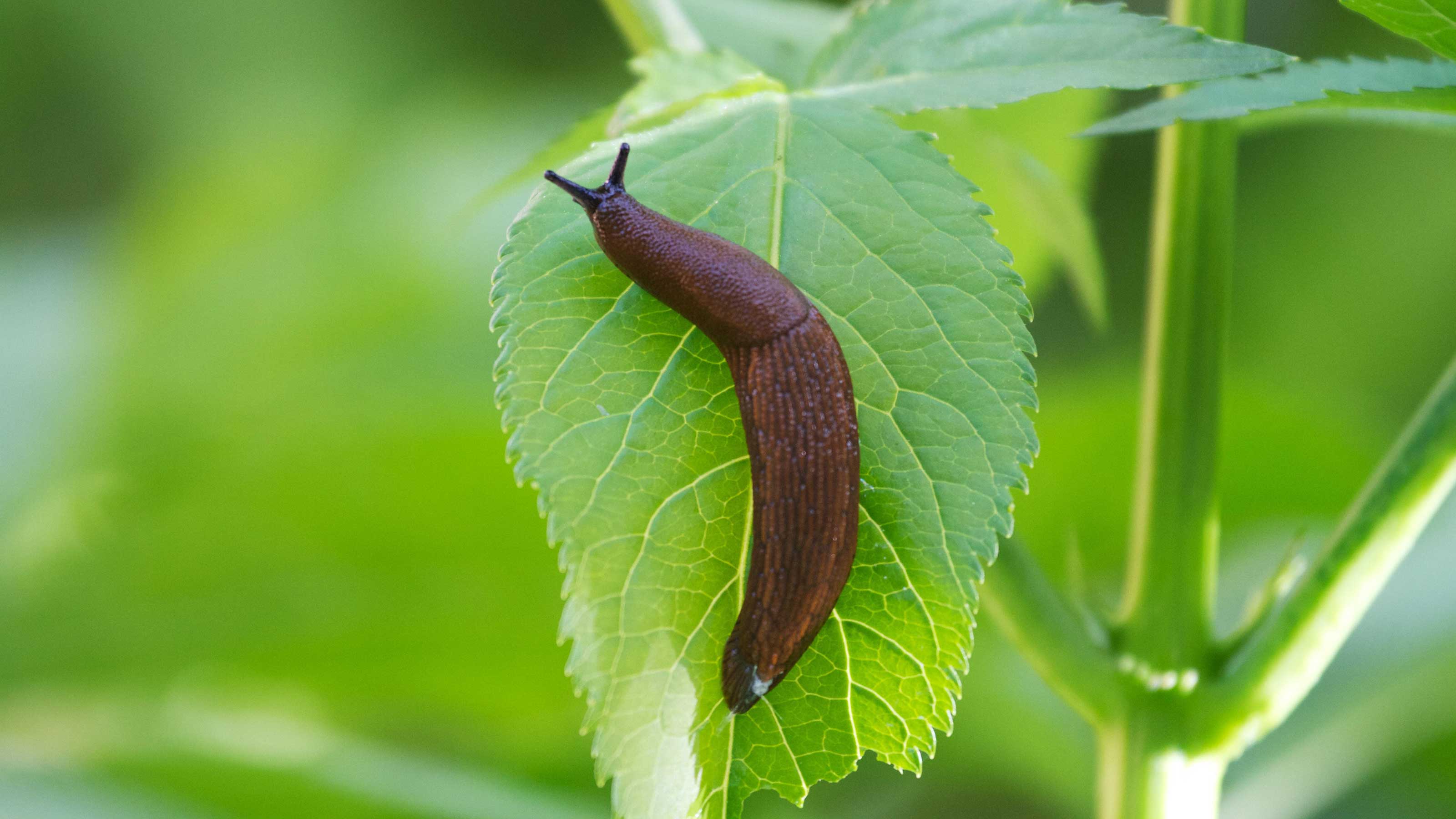
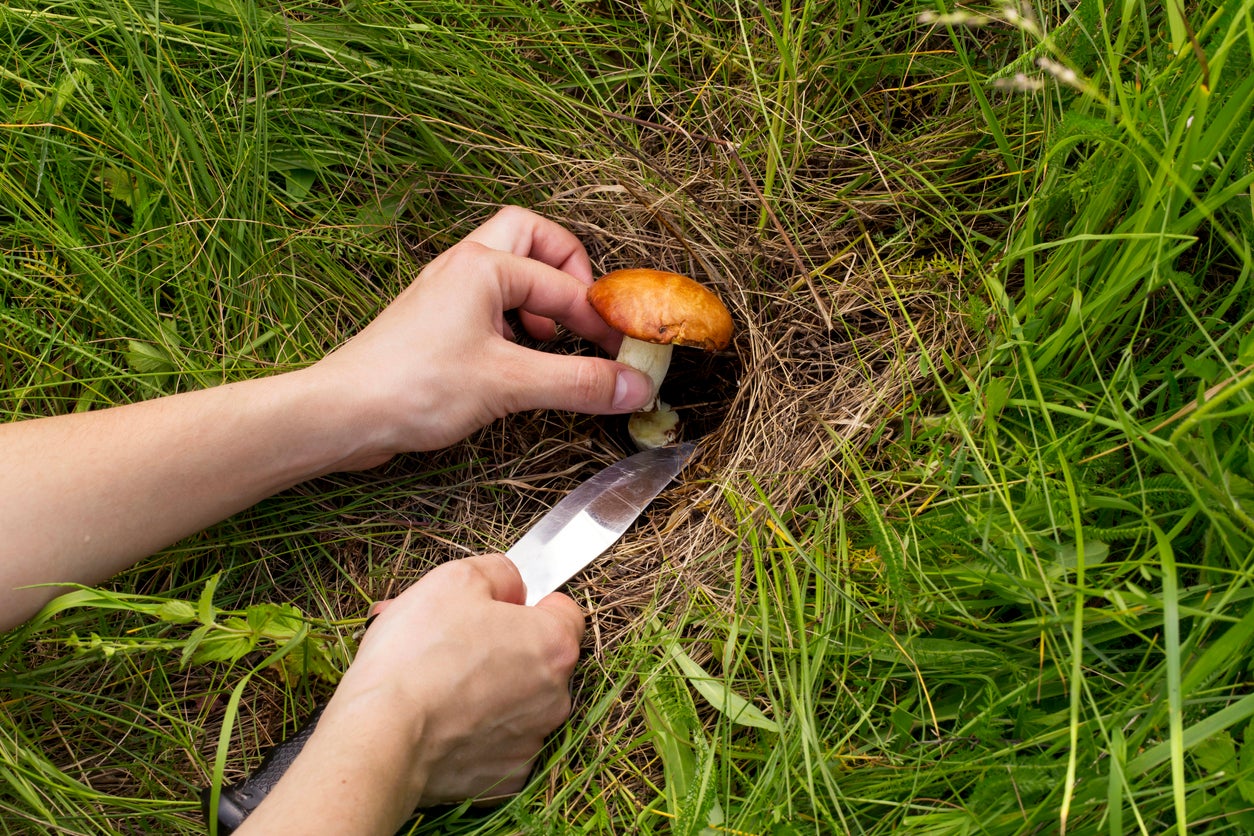
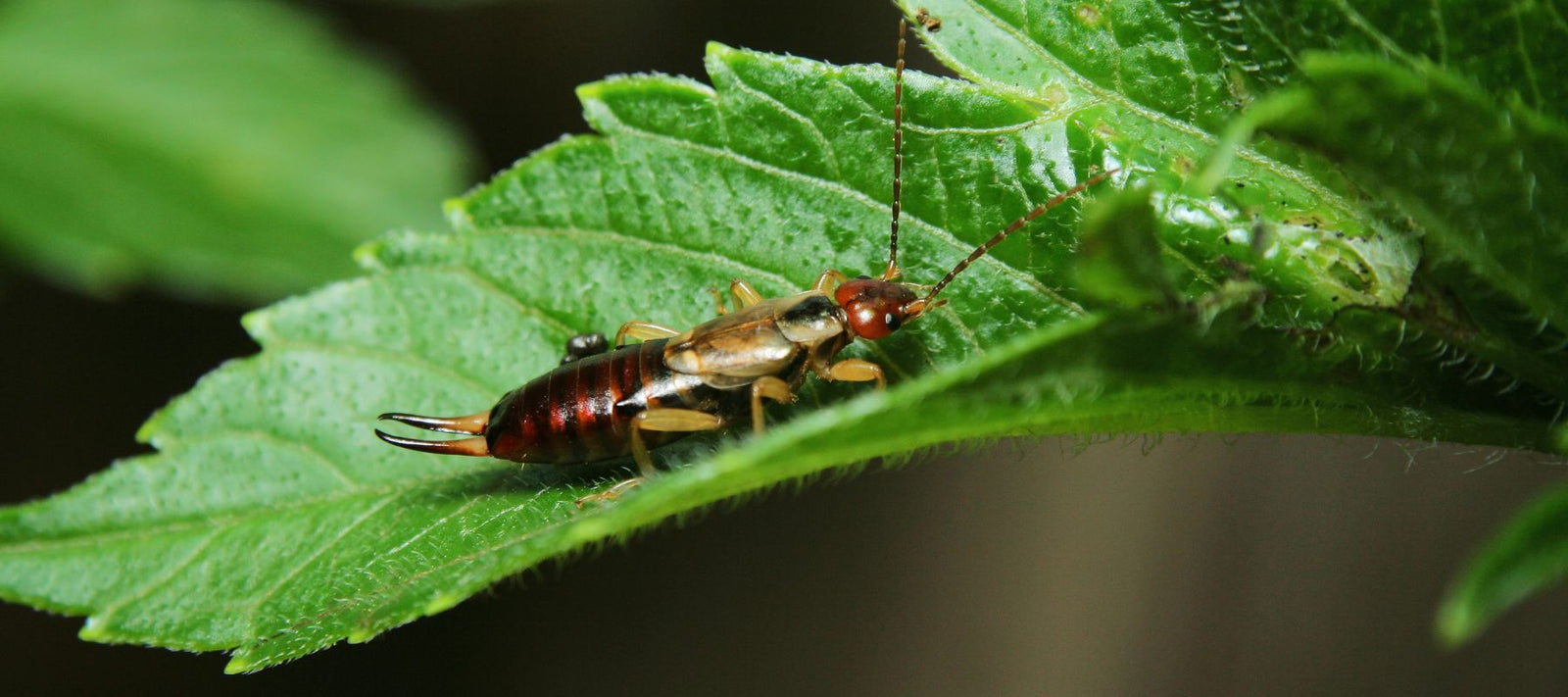
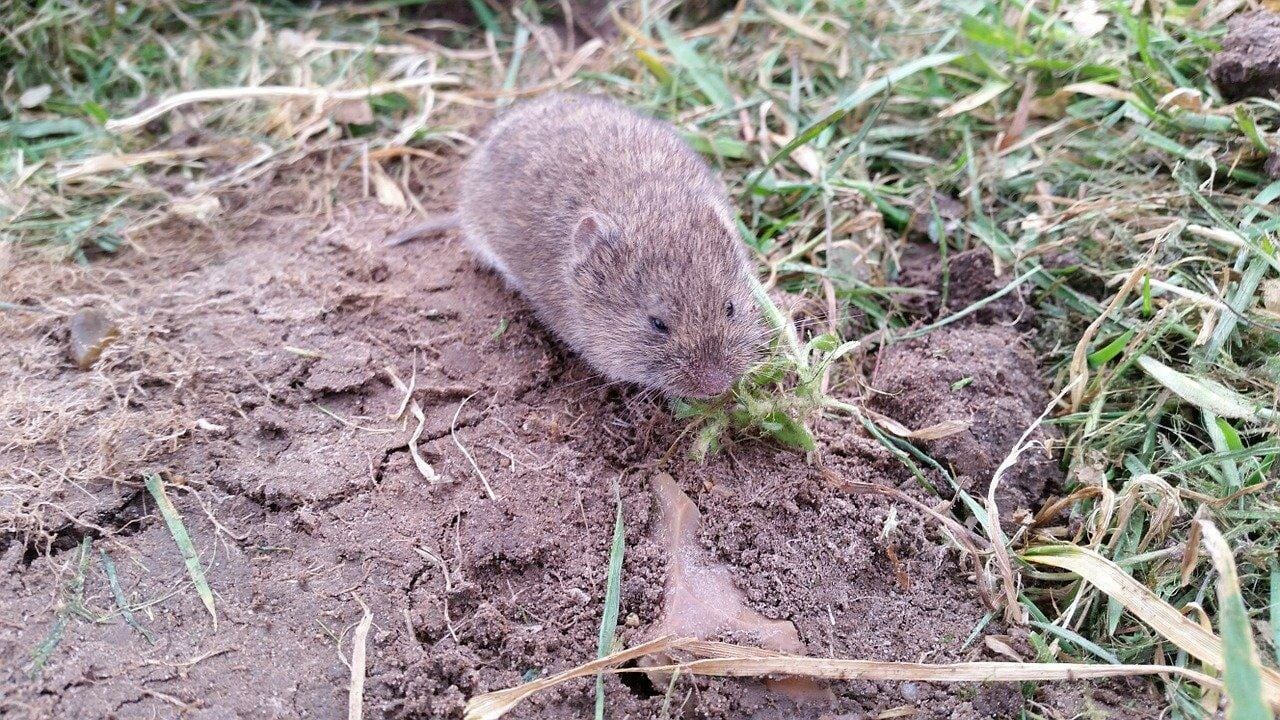
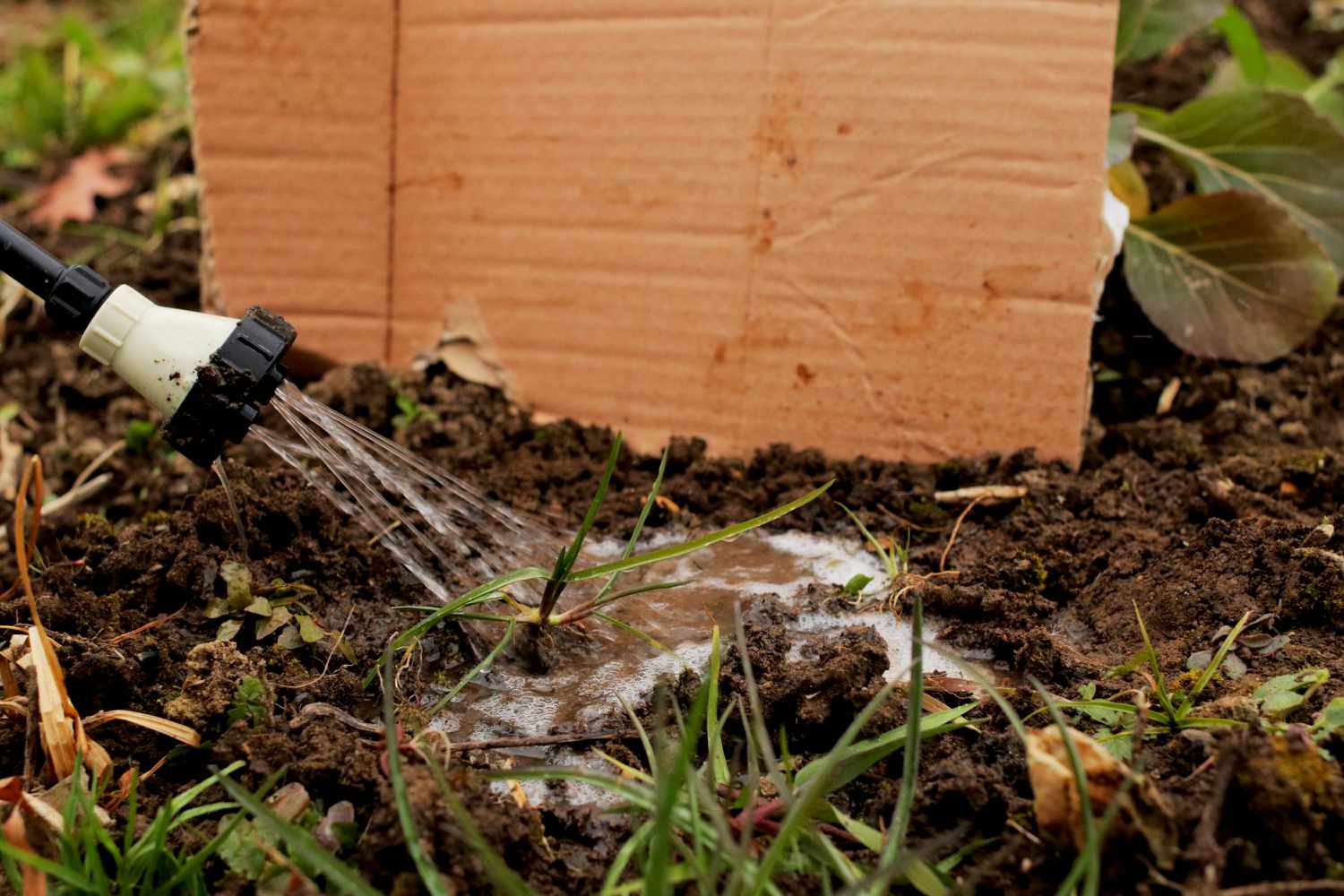
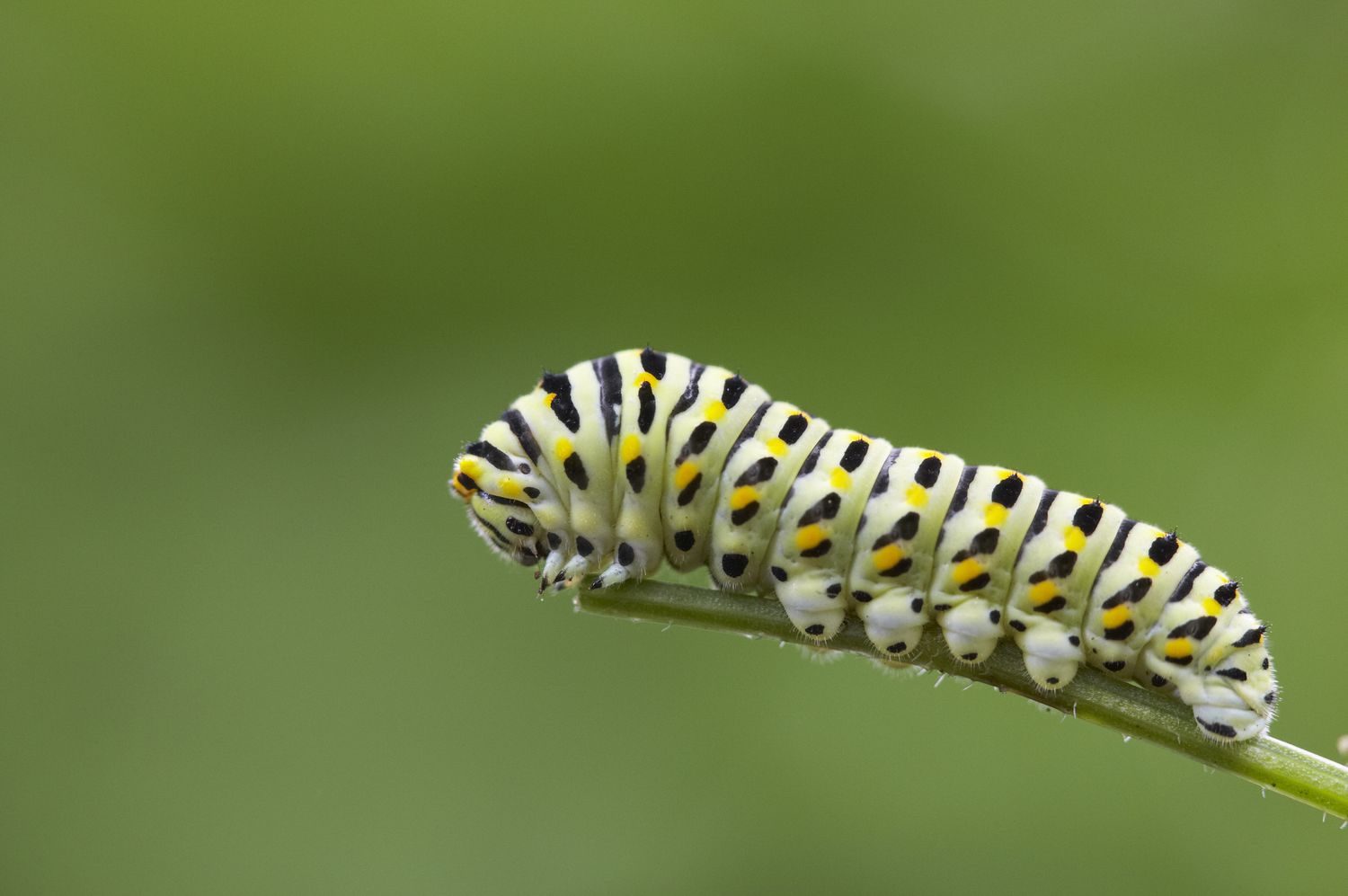
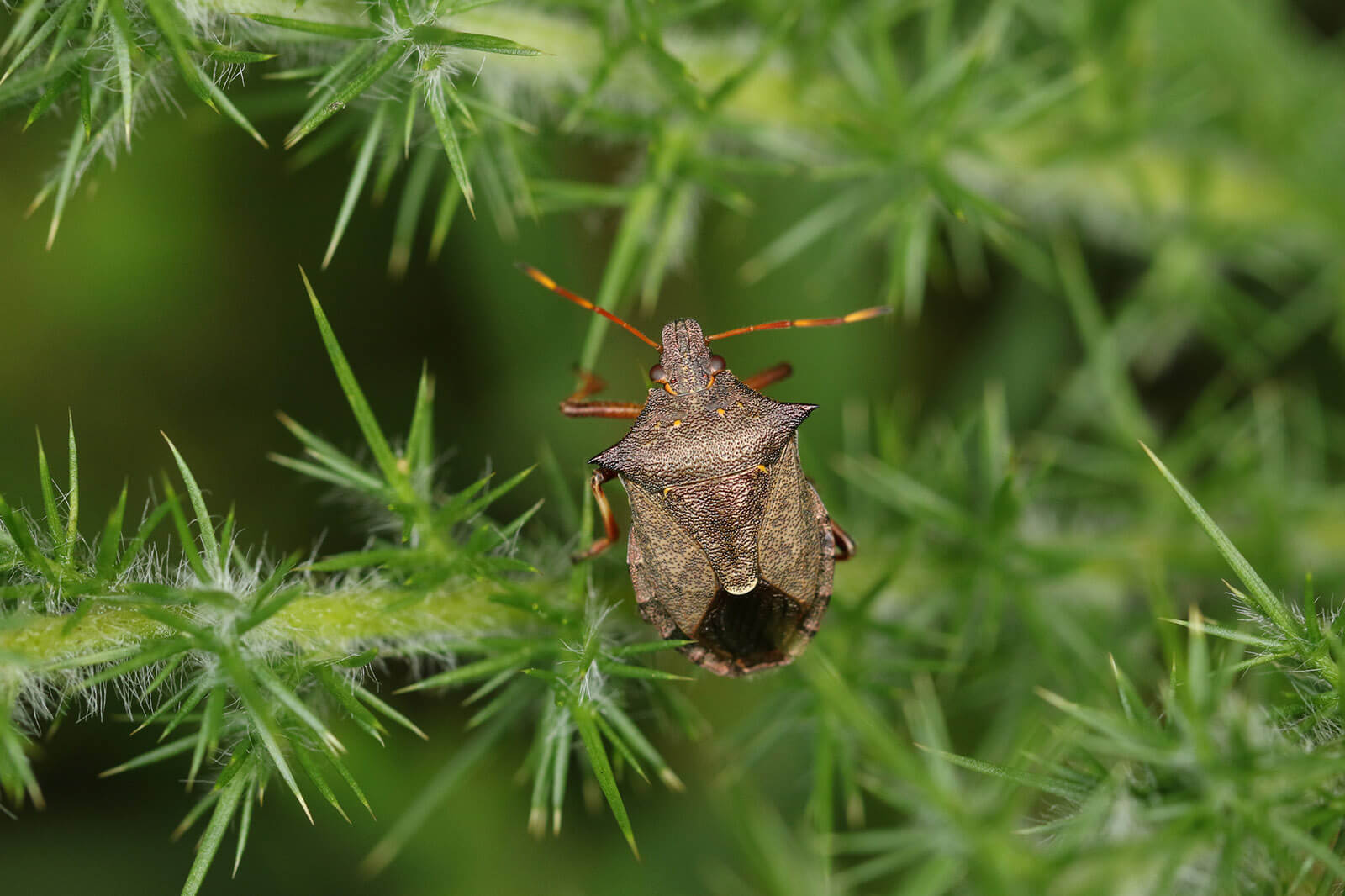

0 thoughts on “How To Get Rid Of Garden Weeds”